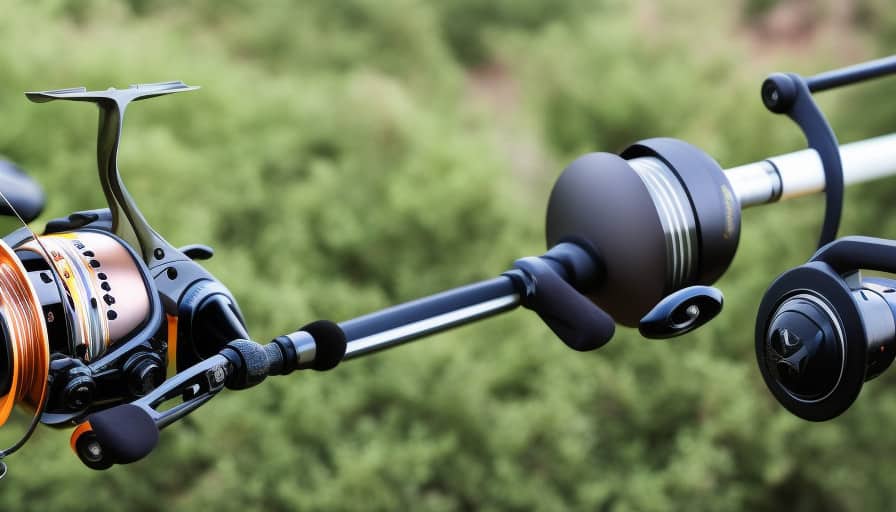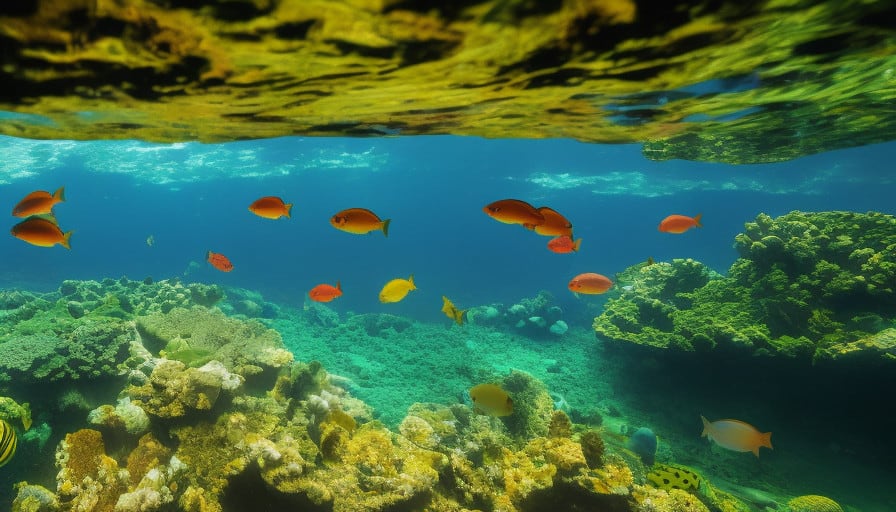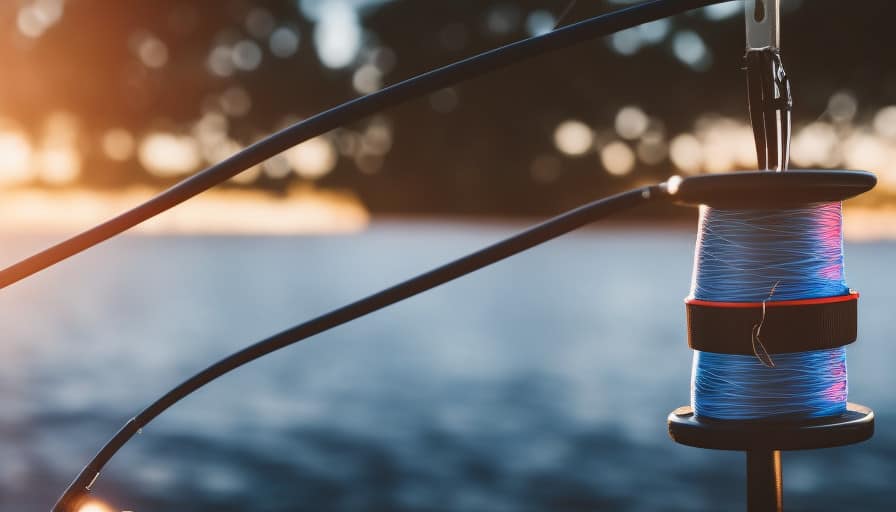Gill net fishing is a technique used by fishermen to capture fish efficiently and in large quantities. This article aims to provide a comprehensive guide on the various aspects of fishing with a gill net.
The guide will cover selecting the appropriate net, setting it up correctly, casting it with precision, and effectively managing and monitoring its operation. Additionally, tips for catching and handling fish caught with a gill net will be shared.
By following the instructions provided, readers will be equipped with the necessary knowledge and skills to engage in successful gill net fishing, demonstrating mastery in this technique.
Selecting the Right Gill Net
The selection of an appropriate gill net is crucial in ensuring the effectiveness and sustainability of gill net fishing techniques. Gill net specifications, particularly the mesh size, play a vital role in determining the success of a gill netting operation.
The mesh size refers to the distance between knots or intersections of twine in the netting material. It is typically measured as the stretched distance between opposite sides of a square mesh. The selection of the mesh size depends on the target species and the desired size range of fish to be caught. Smaller mesh sizes are suitable for capturing smaller fish, while larger mesh sizes are used for larger fish.
It is important to consider the mesh size regulations set by fisheries management authorities, as they aim to protect juvenile fish and non-target species. Additionally, the choice of material for the gill net should be considered, taking into account factors such as durability, visibility, and potential for entanglement or bycatch.
Overall, careful consideration of gill net specifications, particularly the mesh size, is essential in optimizing fishing efficiency while minimizing environmental impacts.
Setting Up Your Gill Net
To effectively set up a gill net, one must carefully arrange the mesh in a manner that ensures maximum coverage and proper positioning in the water. The materials used to construct a gill net are crucial for its effectiveness. Typically, gill nets are made of nylon or monofilament mesh, which are both durable and resistant to degradation from water exposure. These materials allow for easy handling and reduce the likelihood of tangling or knotting during use.
When setting up a gill net, it is important to consider the specific water conditions in which it will be deployed. In calm or slow-moving waters, such as lakes or ponds, a gill net can be set up by attaching floats along the top edge to keep it buoyant and a lead line along the bottom edge to ensure it remains submerged. This configuration allows the net to extend vertically through the water column, maximizing the chances of catching fish.
However, in flowing or turbulent waters, such as rivers or streams, additional measures may be required to properly set up a gill net. In these conditions, weights may need to be added to the bottom edge of the net to keep it from being carried away by the current. Additionally, additional floats may be necessary to maintain the desired depth and prevent the net from sinking. These adjustments help to ensure that the net remains in the desired position and effectively catches fish in varying water conditions.
Proper Technique for Casting the Gill Net
Properly casting a gill net involves executing a controlled and precise throwing motion to ensure optimal placement in the water. Gill net casting techniques require careful attention to detail and a mastery of the following steps to maximize the effectiveness of the net:
-
Positioning: Before casting, it is essential to position yourself correctly. Stand with your feet shoulder-width apart and face the desired direction of the cast. This allows for better balance and control during the throwing motion.
-
Loading: To generate sufficient power for the cast, load the net by holding it at the corners opposite the lead line. Bring the net closer to your body, keeping it at waist height, and maintain a firm grip.
-
Throwing Motion: Begin the cast by swinging the net back and forth, building momentum. Then, extend your arm forward and release the net at the appropriate moment. Aim for a smooth and fluid motion to prevent tangling or entangling the net in the process.
-
Follow-through: After releasing the net, ensure a smooth follow-through by allowing your arm to continue its motion until it reaches its natural endpoint. This motion helps to ensure proper net deployment and prevent any premature entanglement.
Managing and Monitoring the Gill Net
Managing and monitoring the gill net involves implementing systematic procedures to ensure effective oversight and control of its deployment and retrieval. Gill net maintenance is crucial for ensuring the net’s efficiency, as well as reducing potential negative impacts on the environment. Regular inspection and repair of the net are essential to maintain its integrity and prevent any damage that may compromise its effectiveness. This includes checking for knots, tears, or any other signs of wear and tear. Additionally, it is important to ensure that the net is properly stored when not in use to prevent tangling and further damage.
Furthermore, the importance of gill net regulations cannot be overstated. These regulations are put in place to manage and monitor the use of gill nets, aiming to minimize bycatch and protect non-target species. Compliance with these regulations is crucial to maintain sustainable fishing practices and preserve the health of aquatic ecosystems. Monitoring the deployment and retrieval of gill nets is essential to ensure compliance with these regulations. This can involve regular patrols and inspections, as well as the use of technology such as GPS tracking devices to monitor the location and movement of gill nets.
Tips for Catching and Handling Fish With a Gill Net
Adequate knowledge and understanding of appropriate fish handling practices are necessary to ensure the minimal harm and stress to fish caught using gill nets. When using gill nets for fishing, it is important to preserve the caught fish and handle them properly. Here are some tips for preserving fish caught with a gill net:
-
Minimize handling: Limit the time fish are out of the water and handle them gently to avoid injury and stress.
-
Maintain water quality: Ensure that the fish are kept in clean and oxygenated water to promote their well-being and minimize the risk of disease.
-
Use appropriate tools: Use proper fishing gear such as landing nets and fish grips to handle the fish safely and securely.
-
Release undersized or unwanted fish: Practice selective fishing by releasing undersized or unwanted fish back into the water to preserve the fish population and maintain the ecosystem balance.
When it comes to the best locations for gill net fishing, factors such as water depth, current patterns, and fish behavior should be considered. Generally, areas near drop-offs, reefs, or underwater structures tend to attract fish and can be productive spots for gill net fishing. Additionally, studying local fishing regulations and consulting experienced anglers can provide valuable insights into the best locations for gill net fishing in a specific region.
Conclusion
In conclusion, gill net fishing can be a highly effective technique when done correctly. By selecting the right gill net, setting it up properly, and using the correct casting technique, you can increase your chances of a successful catch.
Additionally, it is important to actively manage and monitor your gill net to ensure its effectiveness and minimize bycatch.
Remember the adage, ‘Give a man a fish and you feed him for a day; teach a man to fish and you feed him for a lifetime.’ Happy fishing!




Leave a Reply